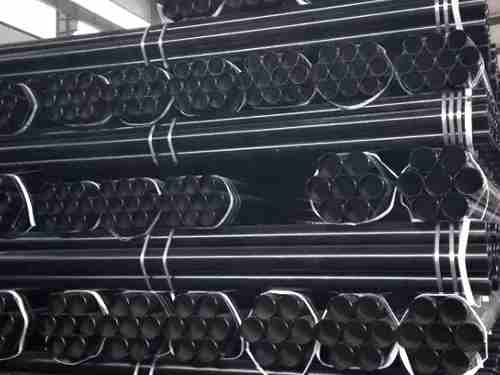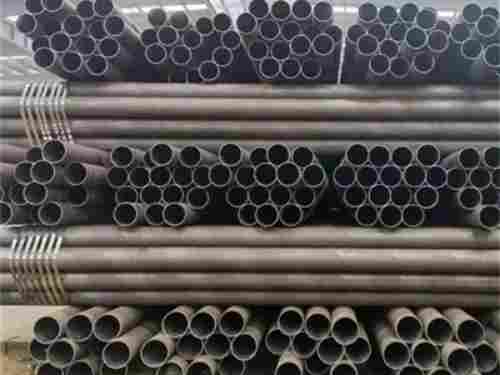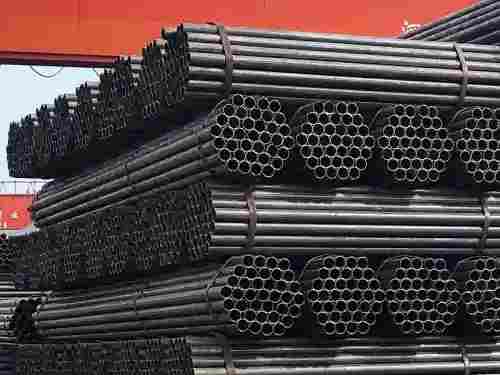The manufacturing process of oil tubing pipes involves several steps to ensure the production of high-quality pipes suitable for use in the oil and gas industry. Here's an overview of the typical manufacturing process.
- Raw Material Selection:
The process begins with the selection of high-quality raw materials, usually steel, that meet the specifications required for oil tubing. Commonly used materials include carbon steel and various grades of alloy steel.
- Pipe Formation:
The selected steel is first heated to a malleable temperature and then formed into a cylindrical shape. This can be done through one of the following methods:
- Seamless Tube Manufacturing:
In this process, a solid cylindrical billet of steel is pierced and elongated to form a seamless tube.
Welded Tube Manufacturing: In this process, a flat steel plate is rolled into a cylindrical shape and then welded longitudinally. Welded tubes are generally less expensive than seamless tubes.
Heat Treatment:
After forming, the tubing may undergo a heat treatment process to improve its mechanical properties and remove residual stresses. This step typically involves annealing, quenching, and tempering.
- Sizing and Dimensional Control:
The tubing is then passed through sizing rolls or dies to achieve the desired outer diameter and wall thickness. Precise dimensional control is essential to meet industry standards and customer specifications.
- Cutting and Length Control:
The tubing is cut into specified lengths and the ends are often prepared for subsequent threading or coupling.
- Threading:
Most oil tubing pipes require threaded connections at each end to allow for easy assembly and disassembly at the wellsite. Threads are cut onto the pipe ends using specialized machinery.
- Inspection and Testing:
Rigorous quality control and inspection procedures are carried out to ensure the tubing meets industry standards. This includes non-destructive testing methods like ultrasonic testing, magnetic particle inspection, and visual inspection.
- Surface Treatment:
The tubing may undergo surface treatments such as phosphate coating or other protective coatings to enhance corrosion resistance and prolong the life of the pipe.
- Marking and Identification:
Each tubing pipe is marked with essential information, including size, material grade, heat number, manufacturer's name or logo, and other required identifiers.
- Packaging and Shipping:
The finished tubing pipes are bundled, packaged, and prepared for shipping to the oilfield or customer's location.
It's worth noting that the specific manufacturing process may vary depending on the type of tubing, its intended use, and the manufacturer's equipment and capabilities. Additionally, adherence to industry standards and regulations, such as those set by organizations like the American Petroleum Institute (API), is critical to ensure the safety and reliability of oil tubing pipes in the oil and gas industry.

 English
English Español
Español











